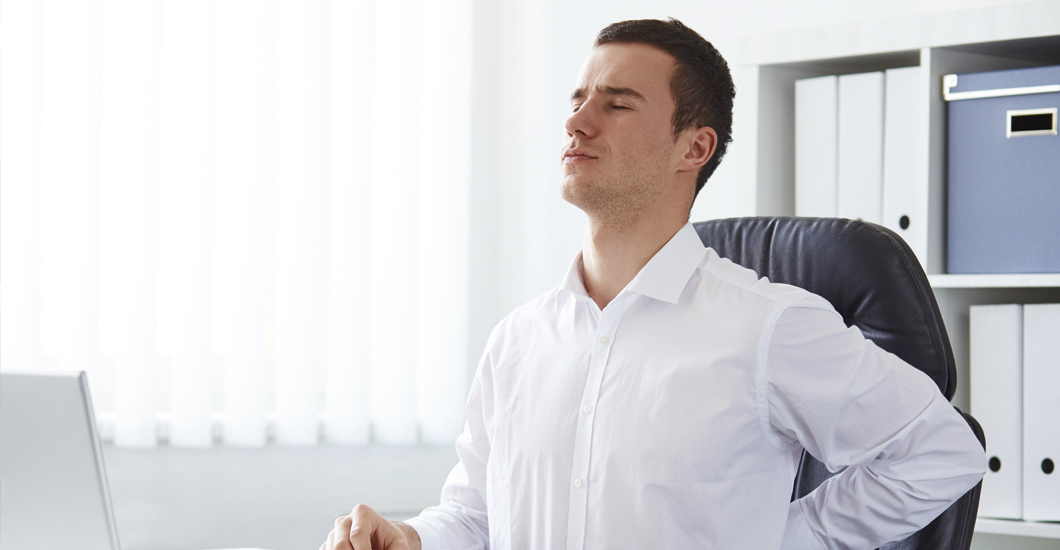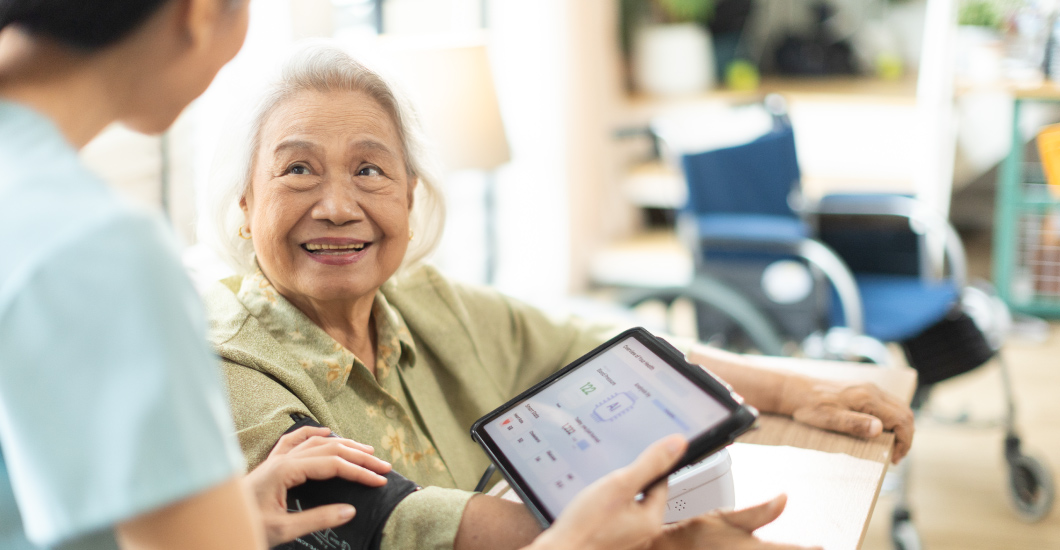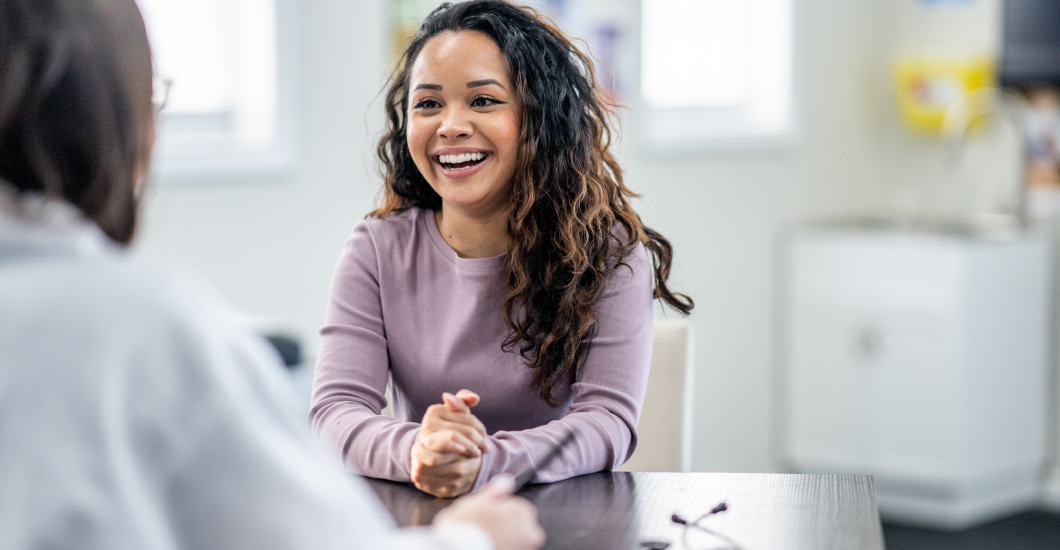It's estimated that 90 percent of adults suffer from back pain at some point in life, especially between the ages of 40 and 50, at the height of their careers. Because back pain is so common, many people resort to home remedies, which can do more harm than the pain itself. Here's a summary of why.
Self-medicating
The back is made up of bones, discs, ligaments and muscles that make it very flexible, but also weak and vulnerable. Because the back is such a complex and delicate structure, there are numerous causes of back pain. Most of the time back pain is due to poor posture, improper movements, and carrying too much weight, but it can also be the result of a herniated disc, wear and tear of vertebrae as we age, osteoporosis, or even a tumor. Neurosurgeon Remberto Burgos says you also have to consider whether the pain is slight or severe, permanent or intermittent, if it is accompanied by a tingling sensation, drowsiness, or numbness of any limbs. That's why it's important to be examined by a doctor before starting to take any medications on your own. Also, non-steroid anti-inflammatory drugs, analgesics and muscle relaxants may be effective, but they should be prescribed by a physician, as they can cause gastric discomfort.
Key: when the pain is progressive and painkillers "don't work anymore" the likely culprit is a growing lesion. Get an exam to determine if there is a tumor on your spine.
Not resting. Whenever you are experiencing pain, it isn't a good idea to do any exercise. Wait until the pain subsides to do any kind of strength training of the back and abdominal muscles, to prevent the pain from reappearing more frequently. There are exercise programs designed specifically for each case that are aimed at strengthening both types of muscles. As soon as the pain goes way, establish a physical activity routine to prevent weight gain, keep your muscles strong, and alleviate emotional stress. Lack of exercise is not only harmful to the back, but to all other organs of the body.
Key: While you are experiencing intense pain, rest is essential. After the pain subsides, gradually return to exercising, since muscular reconditioning requires discipline and perseverance.
Staying in bed
Although you do need rest, it isn't helpful to lie down and wait for the pain to disappear. According to Dr. Burgos, spending long periods in bed hinders recovery and causes the pain to reappear. If the pain is very intense, brief periods of bed rest may help, but not for more than a couple of hours. If possible, take slow walks to help your back heal. The idea is to try to stay as active as possible and progressively increase your physical activity over several days or weeks.
Key: Choose a comfortable but firm mattress that enables you to maintain the natural curves of the back.
Not considering heat therapy
Warm compresses (actually a bit more than warm) and ice are very helpful for reducing pain. Cold is useful to reduce inflammation, while heat improves circulation and diminishes muscle spasms. Start by placing a cold pack on the painful area for seven minutes, then heat for 15 minutes, and end with another cold period. Repeat this several times each day. Never apply cold or heat directly to the skin.
Key: Ice is your greatest ally during the most painful phase.
Continuing with the same poor posture habits
Body posture is a key determinant of good back health. Posture correctors are not suitable for everyone and should only be used with a doctor's supervision. They can help adjust for spinal deviations and position the spine in place, but they won't solve the problem if you don't strengthen your muscles and correct bad habits. If you take measures such as sleeping on an orthopedic mattress, not lifting heavy objects, changing your position frequently, leaning your back against the chair back, and walking straight, you won't have to carry the burden of back pain.
Key: There are no magical girdles, corsets, or correctors. The only way to improve your back's health is through disciplined, directed exercise and consistent muscle education.
Not consulting a physician
More than 85 percent of back pain, known as lumbalgia, is caused by lifestyle and poor posture. That's why it tends to improve when posture is corrected, muscles are strengthened, and analgesics and medications are used to relax the muscles. In rare cases, surgical procedures may be necessary to reestablish some structure for the back, such as treating herniated discs, removing a tumor, or resolving some other problem that can affect the back. Always consult with your physician if the pain intensifies, reappears, or begins to interfere with daily activities.
Key: Follow instructions from appropriate sources; don't believe everything you hear.
Don't turn your back
The spine pays the price that humans have assumed by taking the evolutionary step toward walking on two feet. To help your spine, follow these recommendations:
- Bend your knees, not your back, when lifting objects. Use the strength in your legs and keep objects close to your body. Lift objects only to the height of your chest. Stand on a stool, if necessary, to reach the object.
- Don't stay in the same position for a long time. If you are standing, alternate your body weight from one foot to the other.
- Walk with your head up, chin down, and look directly ahead. Your stomach should curve in and your toes should be fully stretched.
- Wear comfortable shoes with low heels.
- When sitting in a chair keep your back straight, which will allow you to keep your feet on the floor, with your knees forming a 90-degree angle. Don't use high or reclining chairs that leave your feet dangling and put too much distance between you and the desk or table. Get out of your chair every half an hour to walk a little and do stretching exercises, before returning to your seat.
- Sleep on a firm mattress, preferably on your side and with your knees bent. If you sleep on your back, place a pillow under your knees; if you sleep on your stomach, place the pillow under your abdomen. The best position to sleep in is the fetal position, with the spine fully resting and a pillow that fills the space from the ear to the shoulder to avoid deviating the spine.
- When driving, keep your knees slightly bent and your arms relaxed; your hands should be at the 10 and 2 positions on the steering wheel. The head support should be slightly apart from the neck, without tensing the muscles of this area.



